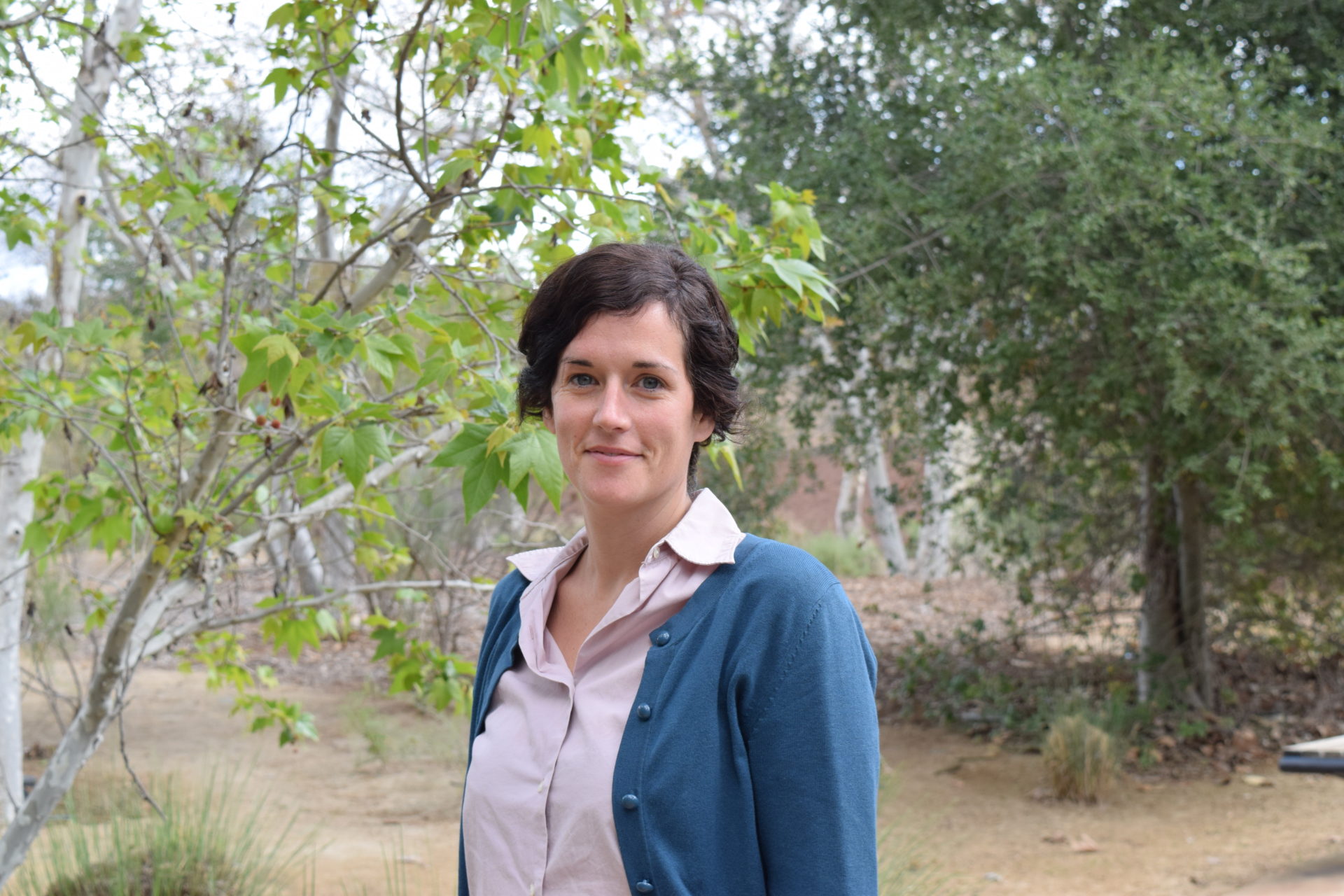
Aryn Wilder says she always knew what she wanted to do. An early interest in animals and a career researching animal genomics brought Wilder, a zoology alumna, to one of the dream workplaces for zoologists – the San Diego Zoo, where she is now a researcher in conservation genetics. At the zoo’s Institute for Conservation Research, Wilder fights species extinction by using DNA sequencing to study vital genomic information. As vulnerable species’ environments change they must adapt rapidly. The genomic characteristics Wilder studies provide insight into the ability for species to adapt and survive.
In her career leading up to her research at the San Diego Zoo Wilder developed an expertise in using genomics to understand how populations adapt and evolve in changing environments. While studying zoology at CSU as a graduate student, Wilder researched the role of the flea in the ecology of plague in prairie dogs. After graduating, Wilder moved to New York to work for Hudsonia, a nonprofit, where she helped publish their studies. She knew she wanted to pursue her Ph.D., which she did at Boston University. She moved to New York around the time of their first outbreaks of white-nose syndrome, a fungus with deadly implications on bat populations. Wilder’s background in disease ecology made her a strong candidate to study this fungus’s effects on bat populations, and her experience there led to her Ph.D. research focus on population genetics.
After completing two postdoctoral positions she began her position as a researcher at the conservation arm of the San Diego Zoo where she’d begin working with endangered species from around the world and local to Southern California. At the Institute, Wilder has been putting her experience with population genetics to work, collaborating on questions about how to mitigate genomic factors that leave species vulnerable to extinction. Red-ruffed lemurs, Wilder explained, are experiencing genomic erosion because their population is shrinking and therefore losing genetic diversity, leading to further population declines. Small populations are less able to survive environmental factors and, because of the genomic erosion, don’t adapt rapidly to environmental change.
Wilder is also looking at genetic load (harmful mutations across the genome) in white rhinos. “While southern white rhinos are doing well”, Wilder explained, “northern white rhinos are functionally extinct, with only two females remaining”. Their population could potentially be restored using The San Diego Zoo’s “Frozen Zoo”, and Wilder is working to determine the genomic viability of those twelve banked cell lines.
Wilder advises aspiring researchers to seek out field experiences. “Fieldwork”, she explains, “is an excellent opportunity to meet faculty members and researchers and learn about their projects”. And, she notes, fieldwork is fun. Wilder explained that there’s a lot of work to be done and research projects will often take years, which is why it is vital to find your work interesting and like what you’re doing. Wilder has found that in her work at the San Diego Zoo.